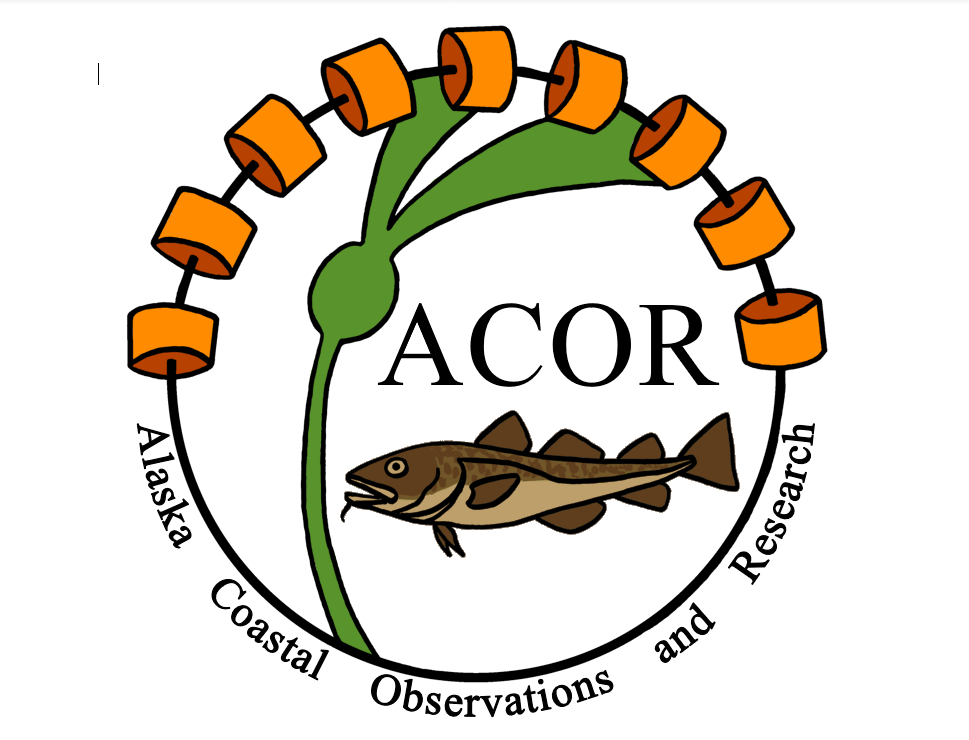To evaluate the health of the Pacific cod stock and determine the likelihood of recovery from the fishery collapse following the 2014-16 marine heatwave, the Gulf of Alaska (GOA) juvenile cod survey was started in 2018. Sampling ranged in the nearshore areas between Kodiak and Sand Point, which overlaps with the highest concentration of adult spawning grounds in the GOA. To enable continued monitoring of early life stages of Pacific cod, NOAA contracted again in 2019, 2020, and 2021. These survey data are informative for management of the Pacific cod fishery, and we convey our data to NOAA stock assessment.
ACOR was awarded a 3 year grant from Pacific States Marine Fisheries Commission to continue sampling in 2023, 2024, and 2025. The objectives for this research are to: 1) collect fish catch data on juvenile stages of Pacific cod in the Gulf of Alaska for use in stock assessment and monitoring the potential recovery of the fishery, 2) collect and archive whole-body samples of juvenile cod to archive for body condition measurements and 3) provide environmental data (salinity and temperature) corresponding with the sites of fish collection and regions of area surveyed. The goal is to understand how warming ocean temperature in the GOA, along with other environmental factors (salinity, diet/food web dynamics), effect the condition, abundance and possible spatial structure of Pacific cod stocks in the Gulf of Alaska.
Click on a link for 2020 and 2021 cruise report
Click on these links for 3 peer-review papers that use data from this project: 1 2 3








